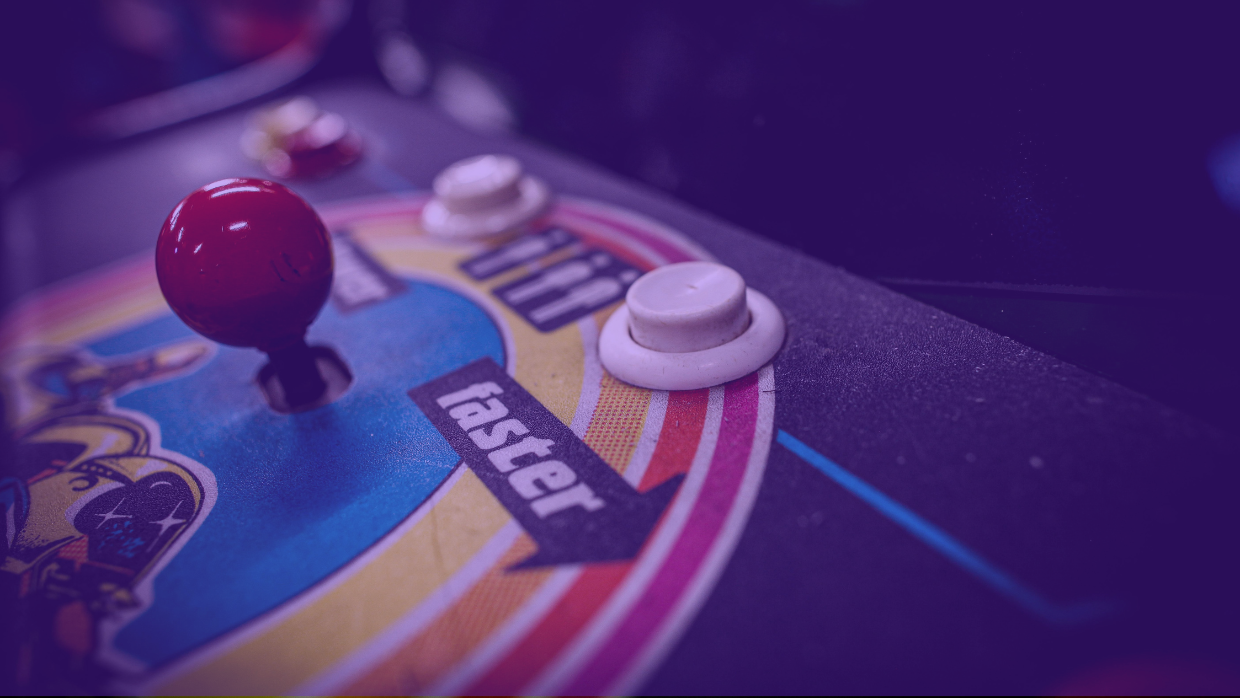How AI Is Revolutionizing Media Revenue Models
May 4, 2025 3 min read

The old monetization playbook is breaking in plain sight. CPMs slide, audiences splinter across platforms and formats, and loyalty erodes as choices
You can’t out-email, out-pop-up, or out-discount your way out of that curve.
Media companies are responding by shifting from fixed rules to adaptive, AI-driven systems that run continuous experiments across pricing, placement and packaging, learning from every interaction, and compounding gains over time.
Dynamic Pricing That Responds to Market Signals
Static pricing assumes yesterday’s demand will hold. It rarely does. Audience interest surges around a release window, then normalizes. A competitor runs a regional promotion. A headline nudges casual browsers back into the funnel. Fixed tiers can’t flex to any of it.
AI in media enables you to treat price as a responsive lever inside guardrails you set. Adaptive paywalls meter, relax or harden access based on engagement and conversion likelihood. Trial length and upgrade prompts adjust by segment, not by quarter. Offers shift with release timing, holidays and local willingness to pay rather than an annual plan grid. When the model sees demand softening for a title or category, it can test a lighter tier or a short-term bundle before churn accelerates. When demand spikes, it captures more value without punishing loyal users.
This isn’t reckless discounting. You define the floor, ceiling and margin targets. AI operates within those constraints and feeds back what works. Over time, price stops being a number in a plan table and becomes a signal that reflects context and intent. The payoff shows up in steadier ARPU, lower churn among price-sensitive cohorts and faster reads on which packages the market will actually buy.
Why Placement Beats Volume
More ads are not the answer if viewers bounce. The lift comes from when and how you interrupt, not how often.
AI models now parse content structure and behavior to insert ads at natural breaks and right-size frequency to tolerance, not to a fixed target. A pause between recipe steps lands differently than a cutaway mid-sentence. A viewer deep into a session can handle a different cadence than a first-time visitor. Creative variants can be tested against lookalike traffic before you scale the winner.
This approach is already live at scale. YouTube began rolling out AI-powered mid-roll placement in May 2025 that identifies pauses, scene changes and other natural transitions. Early tests showed 5% revenue growth versus manual placement, with better watch time because the interruptions felt less jarring. The result wasn’t extra ad load. It was better fit.
The principle travels well. If the next unit is chosen based on what was just watched and what’s likely next, completion rates rise without bloating the stream. If frequency adapts to fatigue signals, session length holds. Creators earn more. Platforms protect engagement. Users feel interrupted less.
From Campaigns to Compounding Growth
Media companies treating monetization as a fixed strategy are losing ground to those building adaptive systems.
Campaign thinking gives you temporary lifts: launch a promo, analyze, move on. Insights stay siloed, and the next push starts from scratch.
Systems thinking compounds. Every price test sharpens the model, every placement trains the algorithm, every interaction improves predictions. The engine gets smarter over time.
Building adaptive revenue systems requires engineers who understand pricing models, behavioral data, and machine learning. X-Team is here to partner with you to hire media developers who can architect intelligent revenue systems.
TABLE OF CONTENTS



